RBC pipette
WBC pipette, diluting fluid, compound microscope, sterile lancet, watch glass, rectified spirit, cotton. … WBC Pipette: This is a bulb pipette having a long stem with a capillary bore and a pointed tip. The bulb contains a white bead inside
Report Abuse
Shipping Details
Based on 0 reviews
Be the first to review “RBC pipette”
You must be logged in to post a review.
Vendor Information
- Store Name: ATLANTIC Scientific and Research Supply
- Vendor: ATLANTIC Scientific and Research Suply
- No ratings found yet!
-
Health & Medical
Capillary Sequencer
American Applied Biosystems, known for its technological innovation, recently launched the new 3500 Series Genetic Analyzers, setting a completely new standard for capillary electrophoresis. It integrates a series of platform innovations designed for optical and thermal systems, opening up an innovative consumable system. The common superposition of these elements makes 3500 Series products the gene analyzers of the highest performance ever.
SKU: n/a -
Health & Medical
Digital hardness Tester
- Shore A, 0 and D to measure the hardness of plastics through penetration measurement
- Shore A rubber, elastomers, neoprene, silicone, vinyl, soft plastics, felt, leather and similar material
- Shore 0 foam, sponge
- Shore D plastics, formica, epoxides, plexiglass etc.
- Material thickness of the sample: min. 4 mmDelivered in a hard carrying case
- Particularly recommended for internal comparison measurement. Standard calibrations e. g. to DIN 7619-1 are often not possible because of very narrow standard tolerances
- Can be attached to the test stands TI-ACL (for Shore A and A0), TI-DL (for Shore D) to improve measuring uncertainty
- Large display with backlight
- Selectable: AUTO-OFF function or permanent operation, battery level indicator
SKU: n/a -
Health & Medical
Deep Freezer
- Type: Chest Freezer
- Total Gross capacity Liter: 545
- Freezer Gross Capacity Liter.: 545
- Dimension(W*D*H): 1654*745*905
- Gross Capacity (Cubic Ft.): 19.26
- Temp Freezer: Min -28
- Net Weight (Kg): 76 kg
- Gross Weight (Kg): 86 kg
- Voltage Range: 105V – 260V
- Refrigerant: R600a
- Food Basket: 2
- Super Freeze Function: Yes
- LED Lights: 2
- Power On Indicator: Yes
- Climate Class: T
- Copper Evaporator: 5 sides
SKU: n/a -
Health & Medical
E-Gel electrophoresis System
The Invitrogen E-Gel Power Snap Electrophoresis Device is designed for fast and convenient E-Gel agarose gel electrophoresis, from DNA sample loading to gel view. With the dry precast E-Gel agarose gel technology, you can run DNA samples in as little as 10 minutes and observe sample separation in real time. It is the only benchtop device that seamlessly integrates DNA sample separation and gel visualization into one workflow.
SKU: n/a -
Health & Medical
Water-Deionizer
Water Deionizer Industrial Waste Water Treatment Equipment Machine
How Water Deionizer Industrial Waste Water Treatment Equipment Works
The Reverse Osmosis process uses a semi-permeable membrane to separate and remove dissolved solids, organics, pyrogens, submicron collodial matter, viruses, and bacteria from water. The process is called “Reverse” Osmosis since it requires pressure to force pure water across a membrane, leaving the impurities behind. Reverse Osmosis is capable of removing 95 – 99% of the total dissolved solids (TDS) and 99% of all bacteria, thus providing safe, pure water.SKU: n/a -
Health & Medical
WBC-pipettes
Gentian violet slightly stains the nuclei of the leucocytes. The blood specimen is diluted 1:20 in a WBC pipette with the diluting fluid and the cells are counted under low power of the microscope by using a counting chamber. The number of cells in undiluted blood is reported per cumm (µl) of whole blood.
SKU: n/a


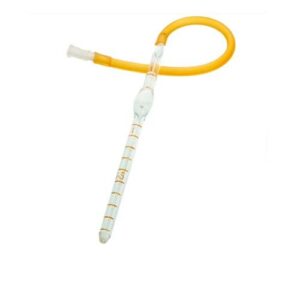
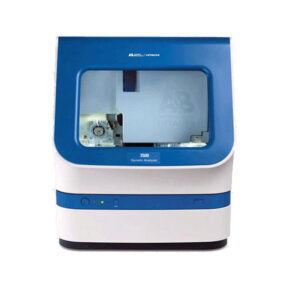

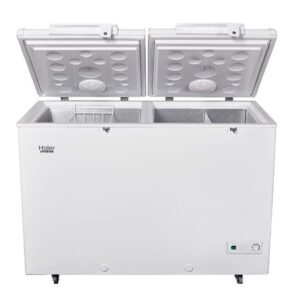
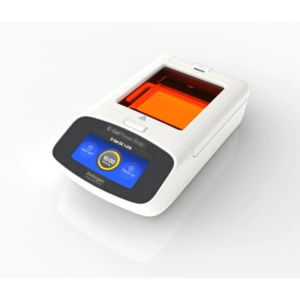
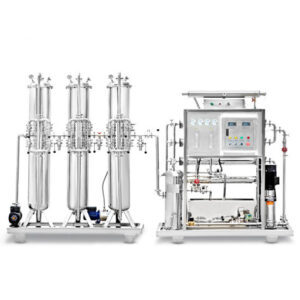
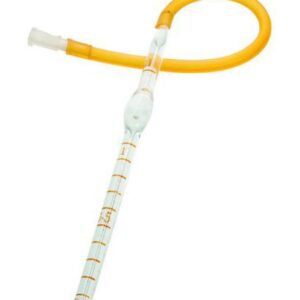
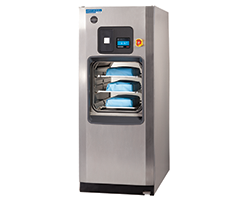
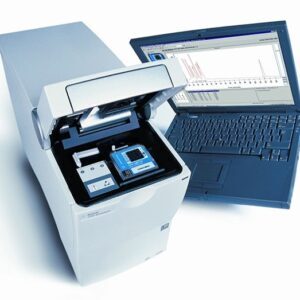



There are no reviews yet.